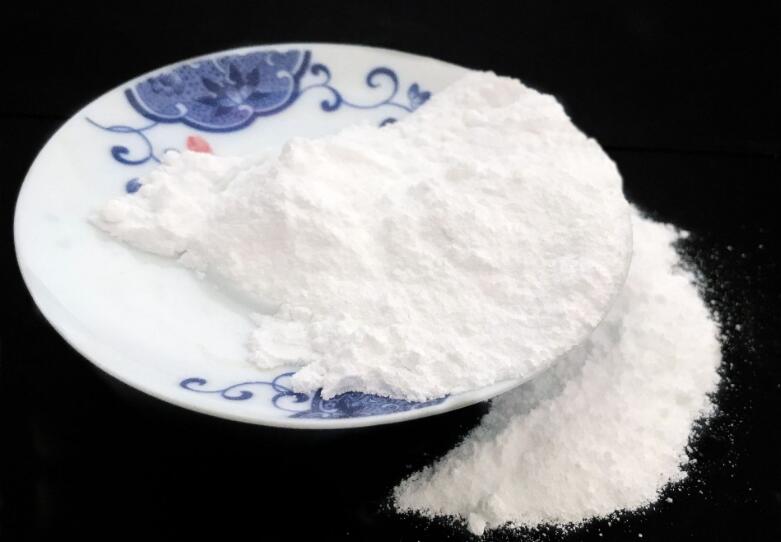Study on the surface modification technology of magnesium alloy cathode deposited brucite powder

Magnesium alloys are widely used in many fields due to their light weight and high strength, but their corrosion resistance is poor. This study proposes a cathodic deposition brucite powder surface modification technology, which aims to significantly improve the corrosion resistance of magnesium alloys by depositing a layer of brucite powder on the surface of magnesium alloys and using electrochemical methods for surface modification. .
1. Introduction
Magnesium alloy has good mechanical properties and low density, but its easy corrosion characteristics limit its application in certain fields. By depositing brucite powder on the surface of magnesium alloy and electrochemically modifying the surface, the corrosion resistance of magnesium alloy can be effectively improved.
2. Experimental part
Sample preparation: Commercial magnesium alloy plates were selected as the base material.
Deposition conditions: The cathodic deposition method is used to deposit at a specific potential or current.
Surface modification: Optimize the structure and performance of the deposited layer by controlling the potential or current during the deposition process, as well as the composition of the deposition liquid.
Performance test: Electrochemical impedance spectroscopy (EIS), salt spray test and other methods are used to evaluate the corrosion resistance of the surface-modified magnesium alloy.
3. Results and discussion
Morphology and structure: The micromorphology of the deposited layer was observed with a scanning electron microscope (SEM) and it was found that the deposited brucite powder layer evenly covered the surface of the magnesium alloy.
Corrosion resistance: Electrochemical impedance spectroscopy (EIS) results show that the corrosion current density of magnesium alloys that have been cathodically deposited and surface modified in a simulated seawater environment is significantly reduced, indicating that its corrosion resistance has been significantly improved.
Surface modification effect: Cathodic deposition combined with surface modification technology can significantly improve the density and adhesion of the brucite powder layer, thereby improving the corrosion resistance of magnesium alloys.
The surface modification technology of cathodic deposition brucite powder proposed in this study can effectively improve the corrosion resistance of magnesium alloys. By optimizing deposition conditions and surface modification processes, the properties of the deposited layer can be further improved, providing new solutions for the practical application of magnesium alloys.








